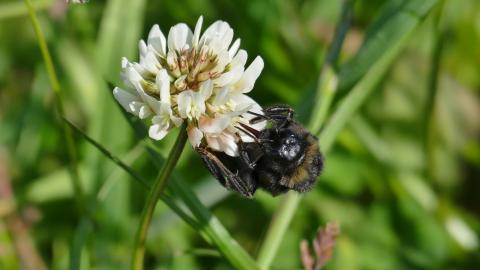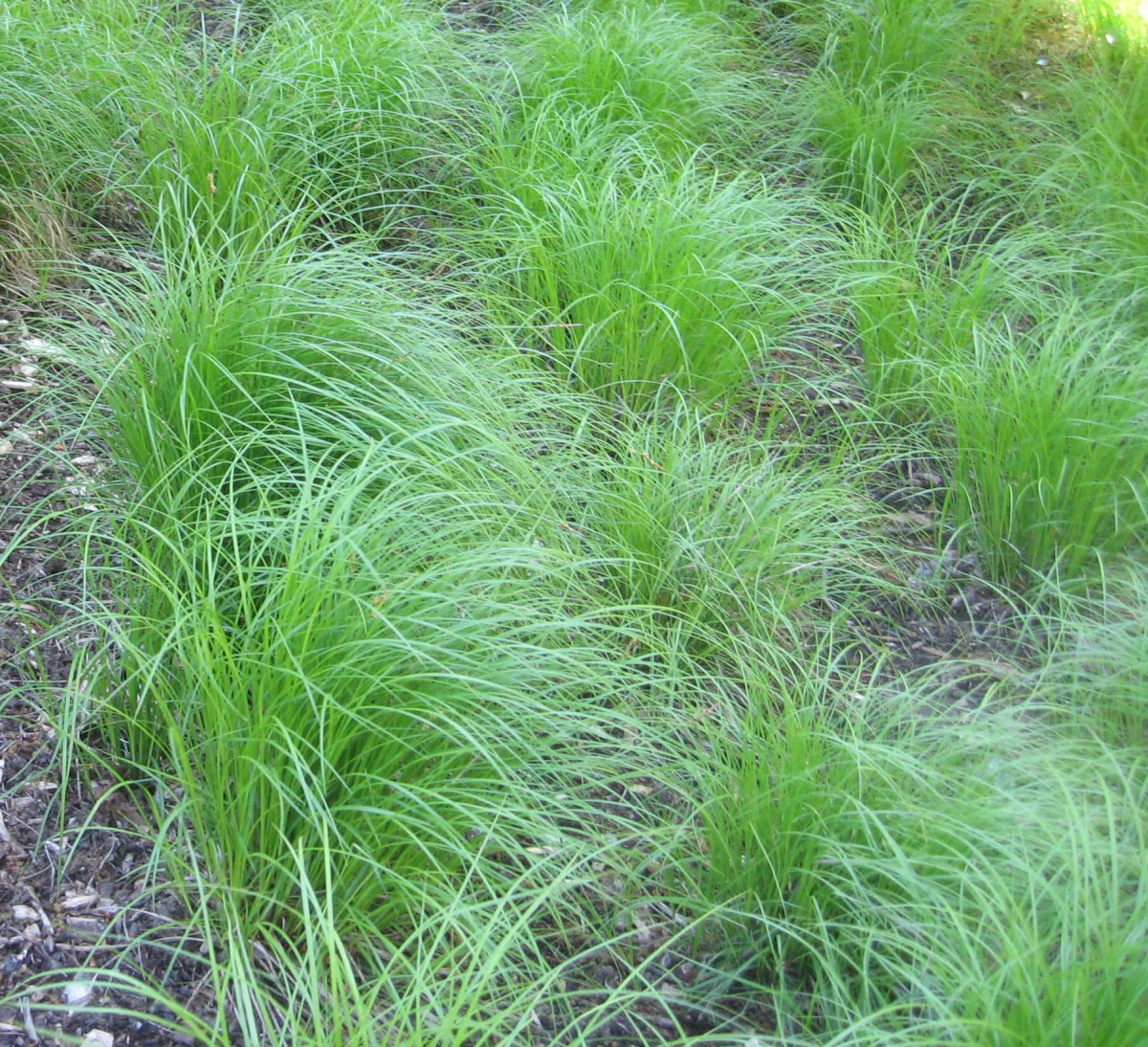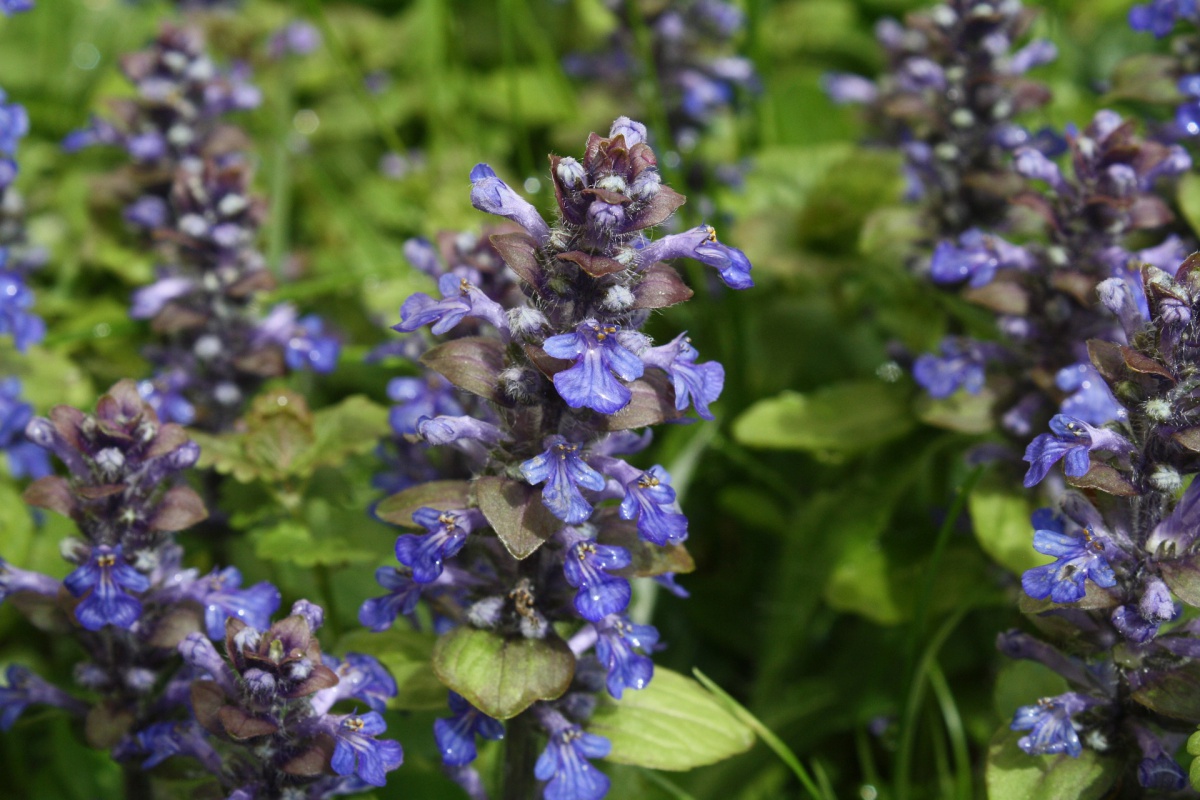
Lawns are a great choice for anyone with children, pets, and a sunny lot. Most turf grasses can hold up to heavy traffic as long they are healthy and properly maintained. While lawns are a great choice from a human activity perspective, they contribute very little from an ecological perspective. Most grasses require many inputs and labor in order to keep them in good condition and return very little benefit to the natural environment. Pollinators are of particular concern, as lawns do not provide many advantages for pollinating insects. As our landscape becomes increasingly developed, providing habitat for pollinators has become more important than it has ever been before.
There are few, if any, plants that can serve as an exact replacement to turf grass, but there are a few that can fill a similar role. If you have a low trafficked section of yard you’d like to replace, there are a number of plants at your disposal. For a similar look to grass without the maintenance, consider planting a native sedge such as Pennsylvania sedge (Carex pensylvanica). Pennsylvania sedge has a grassy look, suppresses weeds, is drought tolerant, and shade loving.

A number of other hardy perennials can give you a lawn-like appearance and require minimal care. Think about using creeping thyme (Thymus sp.) or bugleweed (Ajuga reptans) in spots that will receive occasional foot traffic. When mowed infrequently, these perennials produce flowers that are enjoyed by many different pollinators. The only challenge is keeping them under control. Both will tend to creep into neighboring flower beds if they are not occasionally managed.

Although a bane to many homeowners who desire “perfect” lawns, white clover (pictured at the top) is a great substitution or addition to turf. Not only do the flowers provide pollen and nectar for pollinators, but the plants have the ability to produce their own nitrogen, reducing the need to apply chemical fertilizers. It also stays greener than most grasses during droughts, reducing the need to supply irrigation. If you want to make sure the clover does not overtake your lawn, simply raise your mower deck to a height of three inches or more.
Got questions? The Ask UNH Extension Infoline offers practical help finding answers for your home, yard, and garden questions. Call toll free at 1-877-398-4769, Monday to Friday, 9 a.m. to 2 p.m., or e-mail us at answers@unh.edu.

